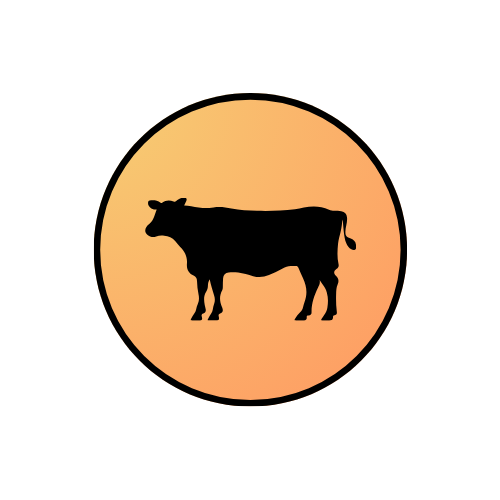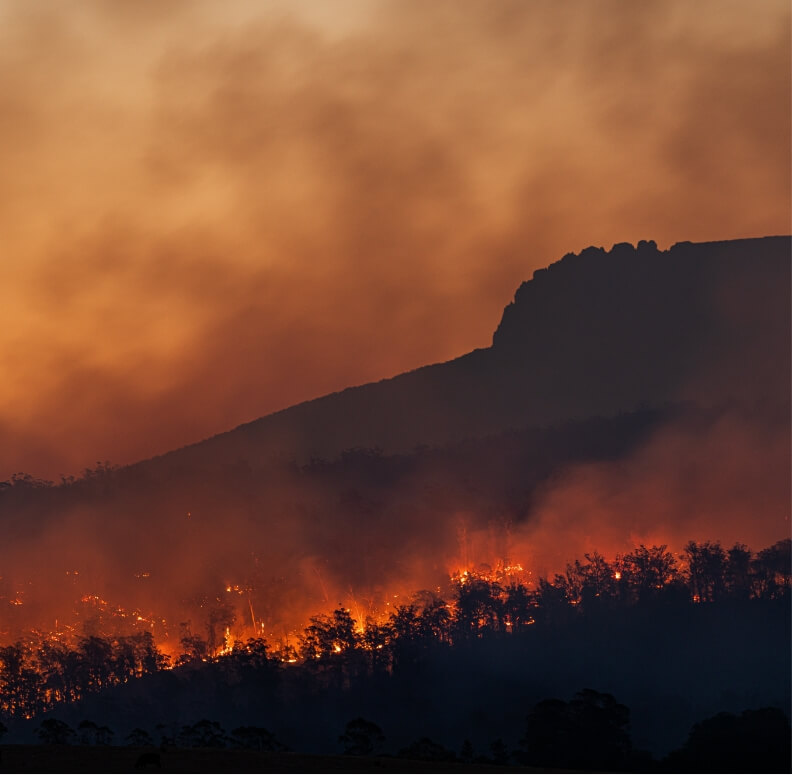Data from PurpleAir sensors can also be viewed at fire.airnow.gov.


We are working hard to promote smoke readiness in the Columbia River Gorge.
Recently, we installed air quality monitors in Hood River and Wasco County, and made a Community Response Plan.
We also held outreach events at local schools and gathering spaces.
Right now, we are installing indoor and outdoor air quality monitors at local K-12 schools and teaching air quality literacy.

How to Sign Up for Alerts
1). Use the search bar on this page to find your local alert system by county, city, or zip code. Click Select & Continue to visit your county’s sign-up form.
2). Get lifesaving alerts and instructions during emergencies to help you and others stay safe in the Gorge.
Smoke Ready Gorge is a communication campaign connected to greater partnerships across the Columbia River. We are working towards clean air for all in Wasco County, Hood River County, Skamania County, Klickitat County, and beyond.
Thank you to the Oregon Health Sciences Knight Cancer Institute, the Oregon Department of Environmental Quality, and the Oregon State University ASPIRE Children's Environmental Health Center for generously funding this campaign. Funding for the ASPIRE Center is provided by the National Institute of Environmental Health Science, National Institutes of Health (Grant Number: P2C ES033432).
Oregon State University Extension Service
Hood River County Health Department
Healthy Community Collective